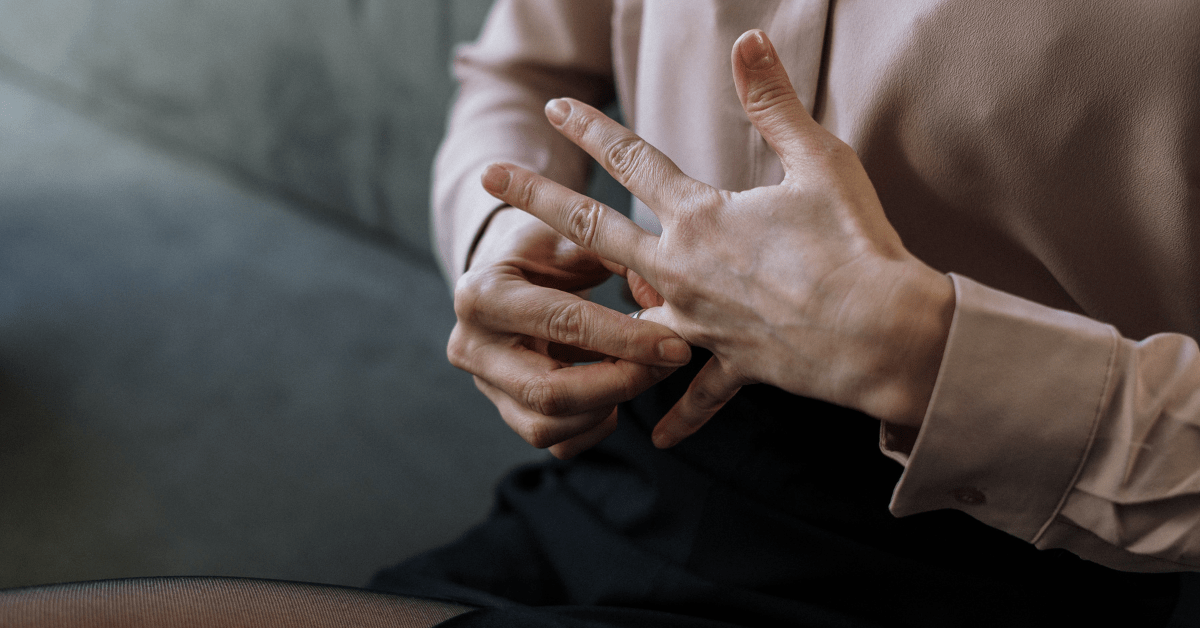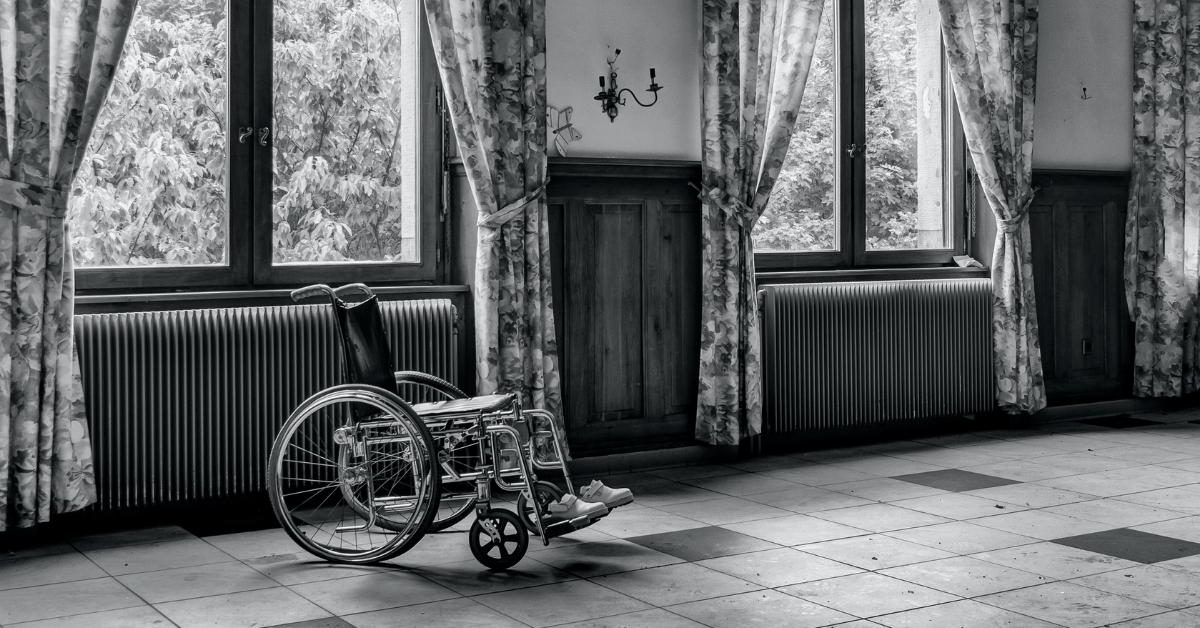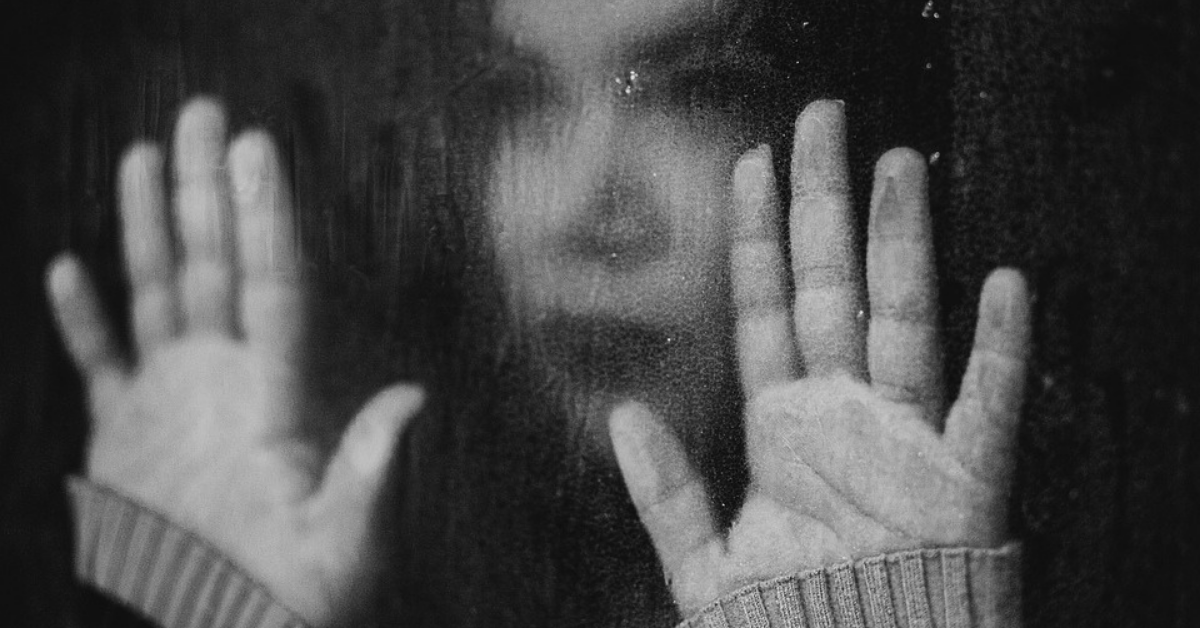Anxiety is the body’s normal reaction to danger, pressure and lifestyle changes like starting a new school or job. In these instances, your body’s flight or fight response is triggered to protect you. Anxiety keeps you alert, spurs you into action and motivates you to solve the issues you are facing. However, when your anxiety is overwhelming or constant, then this normal response has crossed the line to become an anxiety disorder. The anxiety experienced at this time causes you to stop doing things that you ordinarily enjoy and, in extreme cases, hampers your entire life.
Anxiety disorders affect people of all ages and are the most common among emotional disorders affecting approximately 30% of adults at some point. While the causes of anxiety disorders remain largely unknown, risk factors that have been associated with them include traumatic events mostly in childhood, stress, and brain-related issues like autism spectrum disorders or ADHD in children. Moreover, according to the American association of psychology, anxiety disorders affect more women than men. Below is how you can recognize their initial symptoms in kids and adults.
Typical Symptoms of Anxiety Disorders in Adults
- Excessive worrying
The worry associated with an anxiety disorder is inconsistent with the events associated with it and generally occurs in reaction to seemingly normal situations. For the worrying to be considered excessive, it should have occurred almost daily for six months and be challenging to control. According to an article in The Journal of Affective Disorders, excessive worrying is primarily seen in anxiety disorder patients who are above 65 years more so when they have a low socioeconomic status and are single.
- Agitation
When anxious, a part of your sympathetic nervous system works at exceptionally high levels preparing to defend you. This sets off a cascade of events evidenced by sweaty palms, an increased heartbeat and shaking limbs. This happens as the body shuts off blood flow to nonessential systems like the digestive system and increases the flow to your musculoskeletal and cardiopulmonary systems. The increased blood flow causes agitation or arousal. Research shows that most people with anxiety disorders cannot reduce this agitation quickly after the threat has passed.
- Fatigue
While fatigue follows an anxiety attack in some people battling anxiety disorders, it is chronic in others. It is unclear if this fatigue is associated with the other symptoms of anxiety like muscle tension, agitation and insomnia or it is related to the hormonal changes that characterize anxiety disorders.
- Difficulty in concentrating
In a study conducted among 157 kids and teens with anxiety disorder, two-thirds had challenges in concentrating. Another study among 175 adults with anxiety disorder found 90% of the study subjects had difficulty concentrating. The difficulty in concentration can also be linked to an interruption of working memory evidenced by decreased work performance levels.
- Irritability
According to the findings of a study published in The Journal of Nervous and Mental Disease, 90% of adults with a generalized anxiety disorder are extremely irritable when their disorder is at its worst.
- Muscle tension
Most people with anxiety disorders have tense muscles more frequently compared to other people. It is likely that muscle tension might be the reason for anxiety or it is a consequence of anxiety. Another school of thought asserts that there might be a third factor associated with muscle tension in people with anxiety disorders.
- Trouble with staying or falling asleep
Sleep disturbance including trouble falling asleep and waking up at different times through the night is the most prevalent symptom of anxiety disorder. Though anxiety and insomnia have a strong association, it is unclear whether sleeplessness contributes to the anxiety or anxiety causes insomnia.
- Panic attacks
Panic disorder, a form of anxiety disorder, is characterized by recurrent panic attacks. The attacks produce an overwhelming and intense feeling of fear that is often debilitating. Though 22% of adults in America get a panic attack at one time, only 3% get them often enough to meet the diagnostic criteria of an anxiety disorder.
- Avoiding social settings
Social anxiety disorder is also another common form of anxiety disorder. It generally develops in early life with 50% of patients diagnosed by the time they reach 11 years and 80% diagnosed by 20 years. Most people with social anxiety are quiet and shy when meeting new people or in groups. Though some might show no outward signs of distress, they feel extremely anxious and scared inside.
- Irrational fears
Irrational fears that affect a person’s daily functioning are signs of phobia, a type of anxiety disorder. At some point, 12.5% of Americans deal with phobias. They usually develop in childhood or teenagehood and generally affect women.
Typical Symptoms of Anxiety Disorders in Children
Anxiety disorders have been estimated to affect one in ten kids and adolescents. Older kids might report the same symptoms seen in adults when they are dealing with anxiety disorders. However, most cannot clearly express what they are feeling in words for parents to pick pointers of anxiety disorders. Moreover, their cognitive functions are not as developed as in adults. This affects how they will identify and react to potential threats. As such, they will not identify when their reactions are pervasive or irrational and only know their present feelings. You should thus be vigilant to pick the symptoms that might point to an anxiety disorder in your child. The following are some of the common symptoms you should look out for in kids:
- Restlessness.
This was present in about 74% of kids in a 2006 study published in The Journal of the American Academy of Child and Adolescent Psychiatry. Restlessness is associated with your child’s inability to control his/her worry and thus live in the present. He/she also finds it difficult to concentrate in different daily activities.
- Fatigue
With the lack of enough sleep or disturbed sleep along with a loss of appetite, and lack of adequate rest associated with worries over different things in anxiety disorders, most kids go through different levels of fatigue. In this instance, your child might become disinterested in play and energy-intensive activities.
- Being overly clingy.
This is the leading sign of separation anxiety disorder. In this case, you might notice that your child no longer likes going to school, wants to sleep alone or goes anywhere without you. Since you cannot be with your child all the time, this behavior will mean that he/she will stop engaging in some beneficial activities.
- Somatic symptoms
Complaints of frequent unexplained tummy aches, muscle pain, headaches or a general feeling of illness are also present in most kids with anxiety disorders. These are somatic symptoms that a child often reports when he/she wants to avoid a situation that would make him/her uncomfortable or trigger his/her anxiety. Most kids report these symptoms when they have to go to school, at night, or when they need to be part of social functions.
- A need for seemingly unreasonable ‘’perfection’’
The need for perfection mostly in schoolwork and sports is a typical sign of obsessive-compulsive disorder, a form of anxiety disorder. You might also notice an obsession with performing some tasks like cleaning and repeating certain phrases. Though the obsession for perfection might initially seem positive so that your child does things well, it will start affecting his/her enjoyment of everyday things.
The above signs might seem like ‘’normal reactions’’ to different situations in most children. All kids experience some level of anxiety at specific ages. Young kids are, for example, afraid of imaginary figures, loud noises, strangers and the dark. In most of them, however, these fears will disappear as they age. Nevertheless, if the fears continue past a certain age and start affecting your child’s daily life, they might need a specialist’s review. Moreover, if the above signs are not associated with another medical condition, you should consult a pediatric mental health specialist.
The above information has hopefully expand your knowledge on anxiety disorders and placed you in a better position to deal with them. Recognizing the risk factors and signs of the disorders will help you seek treatment early when it is easy to treat them. Some of the management options for anxiety disorders include yoga, eating healthy diets, limiting caffeine intake, quitting smoking and alcohol intake, meditation and consuming fermented foods and probiotics. Mental health specialists will also manage anxiety disorders with medications, psychotherapy or talk therapy.
Early treatment guarantees that a child’s or adult’s life is not extensively affected by the disorders such that it will be hard to lead as normal a life as possible after treatment. Thankfully, with proper management, the symptoms of anxiety disorders disappear or reduce in a few months. Other than professional help, here are some tips for handling anxiety disorder in your child:
- Stay calm around the kid since he/she looks up to you for a cue on how to handle the uncertainty he/she is dealing with.
- Avoid a lot of reassurance since this makes the child fully dependent on you. Instead, teach your child how to reassure him/herself when anxious or how to solve issues that trigger anxiety.
- Discourage the complete avoidance of anxiety triggers. This is because the avoidance might temporarily reduce the child’s distress but allows the anxiety to grow and makes its future treatment difficult.
Though anxiety disorders are scary medical conditions to deal with, they are manageable. With proper management, children and adults with the diagnoses can still lead a fulfilled life.
Author Bio:
Sara Anderson is the head of content for the EzCare clinic, a medical clinic that provides world-class health care services. She has been associated with the health care industry for 10+ years and specializes in health care and medical content.











